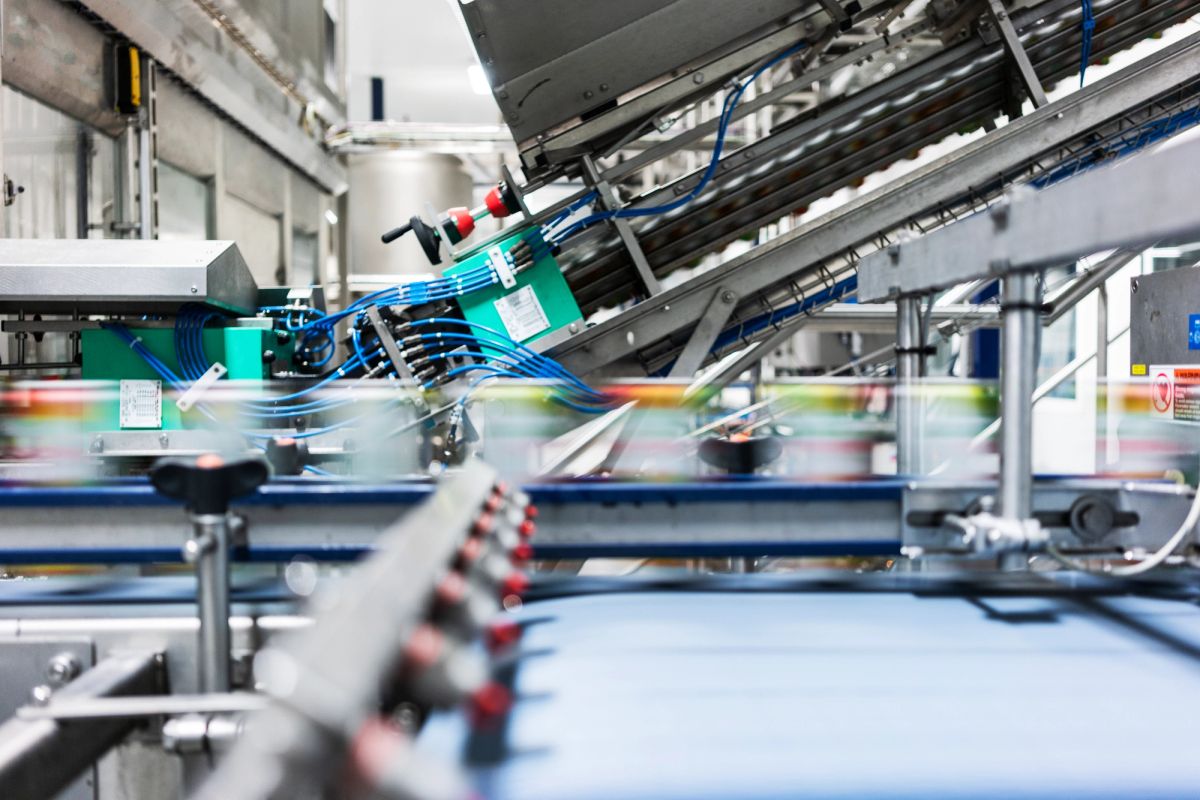How refrigerants contribute to global warming
F@$% gases - we need to talk about the secret climate killer. What if I told you there was a single contribution to climate change that was 10x bigger than air travel. That might pique your interest.
What if I were to say solving one problem could have as much climate impact as reducing the CO2e from Agriculture, Land and Ocean use to zero. That would be worth talking about right? Then why aren’t we…?
There are billions of refrigeration systems in use around the world, and millions more added every year, and every single one of them needs a refrigerant to work. The dirty secret is that most of the use F-gases, or more broadly know as HFCs (hydrofluorocarbons), which are synthetic refrigerants.
Environmental impact of refrigerants
So why is this a problem? It all (or a lot at least) comes down to Global Warming Potential (GWP). Mobile air conditioners, and nearly all the ones used in cars, use a synthetic refrigerant called R134a. And anyone who has had to have the gas recharged on their AC will know that they do leak. The problem is, R134a has a GWP of 1,430: this means that 1kg of R134a has the same impact on the climate as 1.4 metric tonnes of CO2. And you think that’s bad…R23, commonly known as Freon, has a GWP of 14,500! That means 70 grams of Freon has the same climate impact as 1 tonne of CO2. And we talk about cows burping methane being a problem - methane has a GWP of 11.8.
It is estimated that 8.5% of the climate problem is caused by HFCs from commercial and industrial regeneration. If you add heat pumps, data centres, mobile and the rest that gets nearer to 20%. To add to that, the alternative, which I will come on to now, uses less energy and needs less maintenance attention over its life.
Natural Refrigerants (NatRefs)
So now we are talking about F-gases, let's talk about the alternative as all is not lost: Natural Refrigerants (NatRefs). Five technologies, some of them new and some of them as old as refrigeration itself, mean there is a solution for every application. The 5 NatRefs - ammonia, carbon dioxide, hydrocarbons, water and air have a GWP of between 0 and 1. For those interested in history, ammonia has been used as a refrigerant since the mid 19th century.
Lowering refrigerant GHG emissions
So what needs to happen? Three things:
1. End users
Companies and people buying or using refrigeration need to specify natural refrigerant systems. Not only will they have an impact on the scope 1 emissions but such systems are also more efficient so they will impact their scope 2. They also need to ask their suppliers what refrigeration systems they use. This is not only a cost: net ref systems can be 40% more efficient and need far less maintenance than HFC systems. The business cases, with current energy prices, are just getting better! And if you think it is cost prohibitive, look at the supermarket industry: Co2 is ubiquitous because it is cheaper.
2. Manufacturers
Manufacturers need to start getting with the programme and stop selling HFC systems. Some have but many are wedded to, are promoting and lobbying for, outdated technology. But change is afoot. Many manufacturers are going to the new “ATMO Approved” certification from www.atmosphere.cool that certifies their clean cooling credentials.
3. Legislators
Governments need to step in and ban HFCs. The EU is ahead of the curve by phasing them out but other governments need to step in and do the same. The World came a step closer with the ratification of the Kiali amendment to the Paris agreement but things are still not moving fast enough.
Conclusion
So let’s keep the conversation going and do something about it. If you do one thing today, find out what refrigerants you rely on.
Environmental impact of refrigerants
So why is this a problem? It all (or a lot at least) comes down to Global Warming Potential (GWP). Mobile air conditioners, and nearly all the ones used in cars, use a synthetic refrigerant called R134a. And anyone who has had to have the gas recharged on their AC will know that they do leak.
The problem is, R134a has a GWP of 1,430: this means that 1kg of R134a has the same impact on the climate as 1.4 metric tonnes of CO2. And you think that’s bad…R23, commonly known as Freon, has a GWP of 14,500! That means 70 grams of Freon has the same climate impact as 1 tonne of CO2. And we talk about cows burping methane being a problem - methane has a GWP of 11.8.
It is estimated that 8.5% of the climate problem is caused by HFCs from commercial and industrial regeneration. If you add industrial heat pumps , data centres, mobile and the rest that gets nearer to 20%. To add to that, the alternative, which I will come on to now, uses less energy and needs less maintenance attention over its life.
Natural Refrigerants (NatRefs)
So now we are talking about F-gases, let's talk about the alternative as all is not lost: Natural Refrigerants (NatRefs). Five technologies, some of them new and some of them as old as refrigeration itself, mean there is a solution for every application. The 5 NatRefs - ammonia, carbon dioxide, hydrocarbons, water and air have a GWP of between 0 and 1. For those interested in history, ammonia has been used as a refrigerant since the mid-19th century.
Natural Refrigerants (NatRefs)
So now we are talking about F-gases, let's talk about the alternative as all is not lost: Natural Refrigerants (NatRefs). Five technologies, some of them new and some of them as old as refrigeration itself, mean there is a solution for every application.
The 5 NatRefs:
- Ammonia
- Carbon dioxide
- Hydrocarbons
- Water
- Air
They all have a GWP of between 0 and 1. For those interested in history, ammonia has been used as a refrigerant since the mid-19th century.
Lowering refrigerant GHG emissions
So what needs to happen? Three things:
1. End users
Companies and people buying or using refrigeration need to specify natural refrigerant systems. Not only will they have an impact on the scope 1 emissions but such systems are also more efficient so they will impact their scope 2. End users need to learn how to maximise refrigeration efficiency .
They also need to ask their suppliers what refrigeration systems they use. This is not only a cost: net ref systems can be 40% more efficient and need far less maintenance than HFC systems.
The business cases, with current energy prices, are just getting better! And if you think it is cost-prohibitive, look at the supermarket industry: Co2 is ubiquitous because it is cheaper.
You might like our guide to optimising your refrigeration systems - it provides 3 steps to get more efficient chilling.
2. Manufacturers
Manufacturing companies need to start getting with the programme and stop selling HFC systems. Some have but many are wedded to, are promoting and lobbying for, outdated technology. But change is afoot. Many manufacturers are going to the new “ATMO Approved” certification from www.atmosphere.cool which certifies their clean cooling credentials.
3. Legislators
Governments need to step in and ban HFCs. The EU is ahead of the curve by phasing them out but other governments need to step in and do the same. The World came a step closer with the ratification of the Kiali amendment to the Paris agreement but things are still not moving fast enough.
Conclusion
So let’s keep the conversation going and do something about it. If you do one thing today, find out what refrigerants you rely on. Check out our report which outlines 3 steps to improve refrigeration in your plant.





